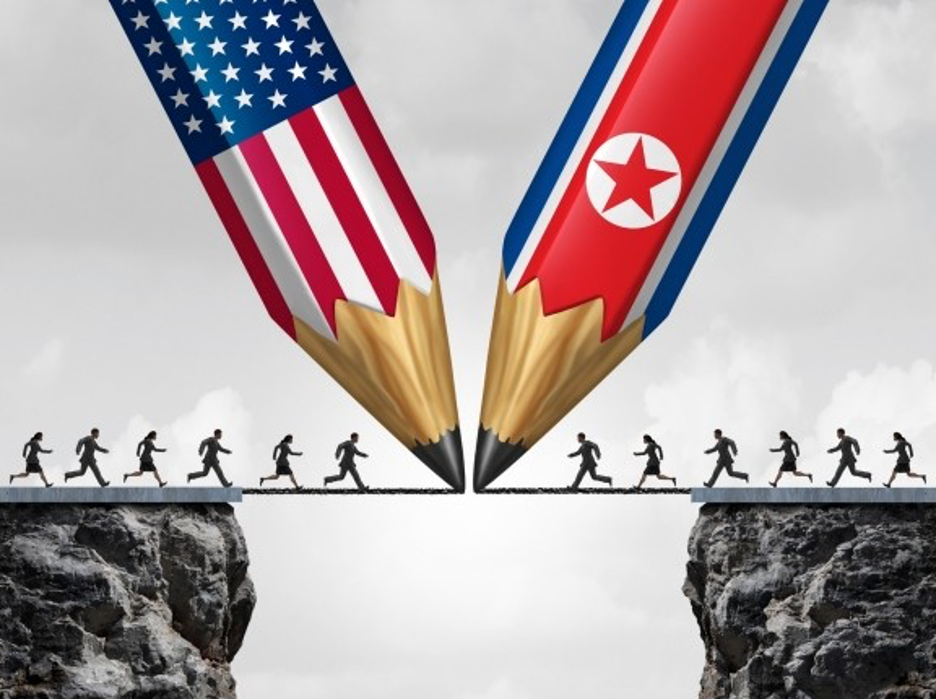
How 70 years of CIA deceit and mainstream media complicity convinced the American public that North Korea was the Bad Guy and the U.S. was the Good Guy—when it was almost always the other way around
In the United States today, North Korea is the standard reference point for modern-day totalitarianism: a land of darkness that is considered a dangerous security threat because of the development of nuclear missiles capable of striking the U.S.
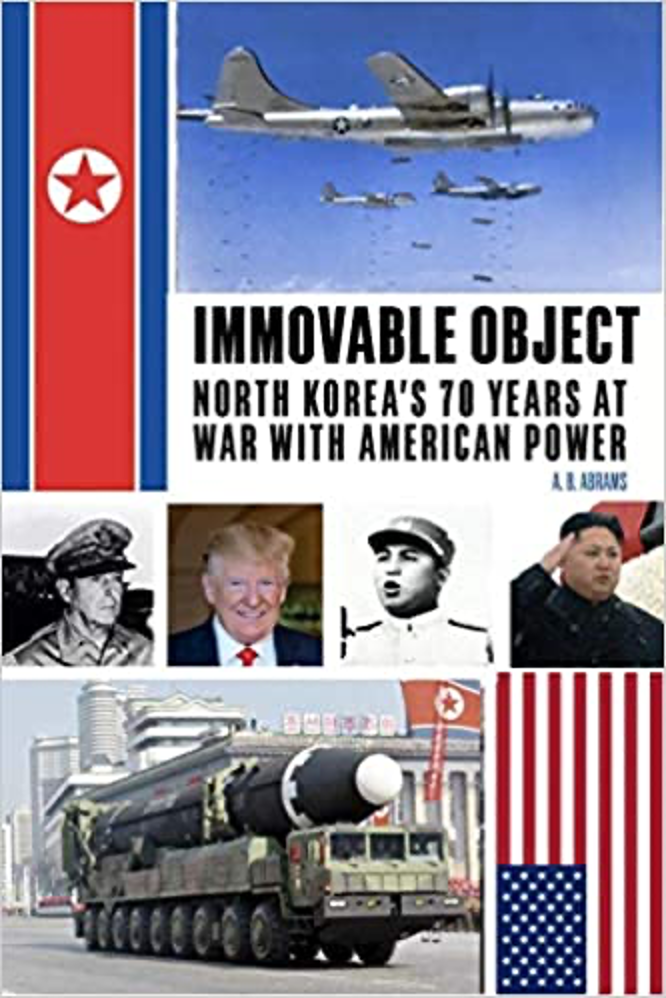
A.B. Abrams’ new book, Immovable Object: North Korea’s 70 Years at War with American Power (Clarity Press, 2020), shows that the common perceptions in the U.S. of North Korea are mostly wrong.
Though the Kim dynasty has ruled through autocratic methods, it has also adopted rational and at times intelligent policies, which have enabled North Korea to weather unprecedented outside hostility and develop into something of a military powerhouse.
Between July and November 2017, North Korea successfully test-fired three intercontinental range ballistic missiles (ICBMs) and a more sophisticated miniaturized thermonuclear warhead, which demonstrated beyond much reasonable doubt that one of America’s oldest adversaries had gained the capability to strike the U.S. mainland, with U.S. intelligence later confirming the viability of both ICBM designs tested as well as their warheads.[1]
North Korea as such is no military pushover and may be gaining the upper hand in the long war with the United States—which is a source of pride for its people.
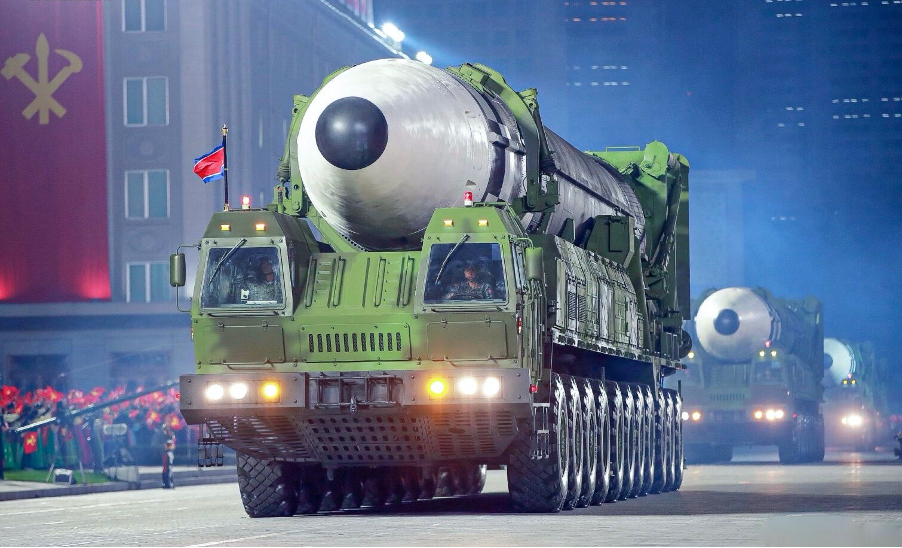
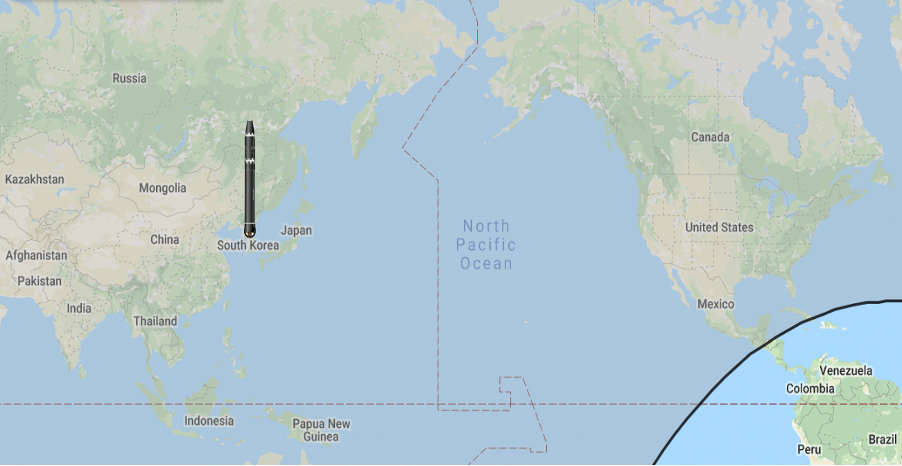

Roots of the Conflict
The conflict between the U.S. and North Korea, or Democratic People’s Republic of Korea (DPRK), is rooted in North Korea’s defiance of the U.S.-led world order.
The DPRK’s founding father, Kim Il-Sung, was the son of prominent Korean nationalists Kim Hyong Jik and Kang Pan Sok and a leader of the Manchurian partisan exiles in the Soviet Far East who fought against Japanese colonial occupation.

During Japan’s colonization of Korea from 1910 to 1945, it promoted industrialization and built the Suiho dam—the second largest in the world after the Hoover dam—while also developing a draconian surveillance apparatus and repressing political dissent.
The United States followed Japan in its hostility to left-wing, nationalist movements, and construction of a police state apparatus in South Korea, which relied on many former Japanese collaborators.
The U.S. had divided the Koreas artificially at the end of World War II and installed a client regime in the south led by Syngman Rhee, who was flown in on General Douglas MacArthur’s plane after having spent years in exile.
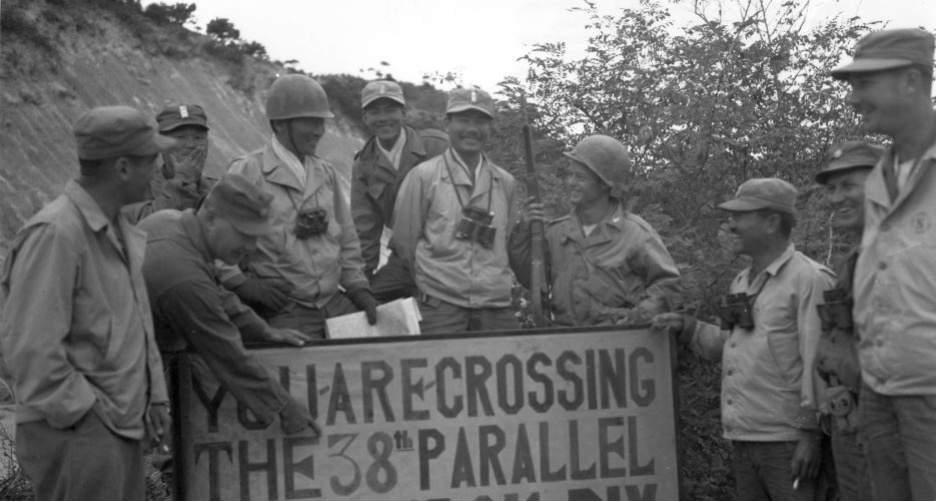
CIA reports from the time showed a stark contrast between Kim and Rhee’s leadership.
Under Kim’s direction, industrial output and state industry increased exponentially in the DPRK, with average salaries of factory and office workers increasing by 83 percent. A successful program of land reform also offered new opportunities for rural farmers, and many benefited from state-subsidized health care and education.

The Rhee government, by contrast, triggered a social rebellion through economic policies that were designed to tie South Korea’s economy with Japan—which the U.S. was trying to build up as a junior partner in the Cold War—along with a heavy reliance on Japanese collaborators and intolerance for dissent.
Before the official outbreak of the Korean War, the Rhee regime, with the support of U.S. military and police advisers, had killed at least 100,000 of its own people, including through the brutal suppression of a left-wing uprising in the southern island of Cheju-do.
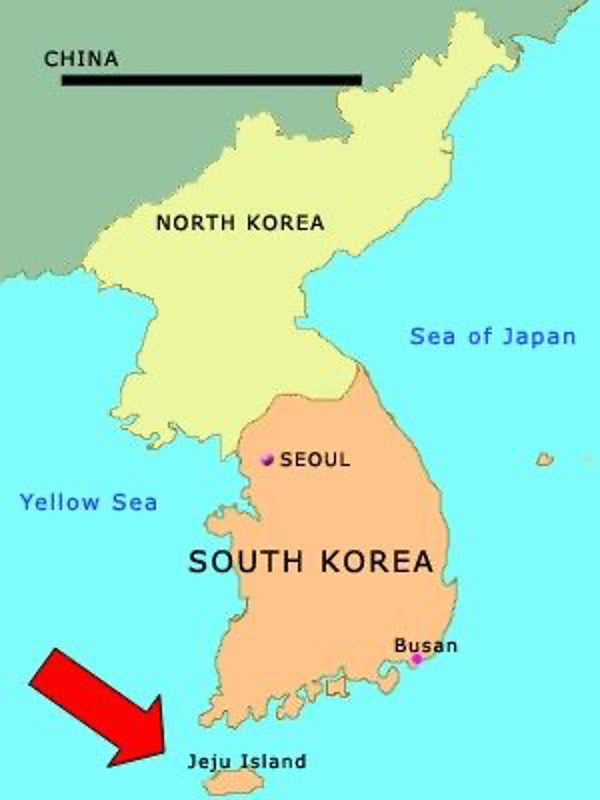
In the late 1940s, the Kim regime promoted the peaceful reunification of the Koreas through free elections. The U.S. government blocked these elections because they knew that Kim would win—similarly to Vietnam in 1956 when they knew that Ho Chi Minh would win at least 80 percent of the vote.
Despite a professed commitment to democracy, the U.S. trampled on Korea’s sovereignty in order to fulfill its imperial ambitions in Southeast Asia, which the U.S. had ringed with military bases due to its victory in the Pacific War.
The Korean War
The official narrative maintains that the North started the Korean War by invading South Korea on June 25, 1950. However, Abrams’ account provides strong evidence that it was the other way around.

Bent on achieving what he could never do through the ballot box, Rhee’s forces staged raids into the North, and then on June 25th struck first when they attacked the border city of Haeju. The South Koreans would later amend their claim to state that they had attacked Haeju at a later date as part of a counter-offensive—long after announcing the successful capture of the city.
American government officials at the time were elated by the outbreak of the Korean War–Secretary of State Dean Acheson said that “the Korean War came along and saved us.”
This was because it gave an excuse to prevent major cutbacks in military spending after World War II, and strike a blow at communist China, which entered the war in support of the DPRK.
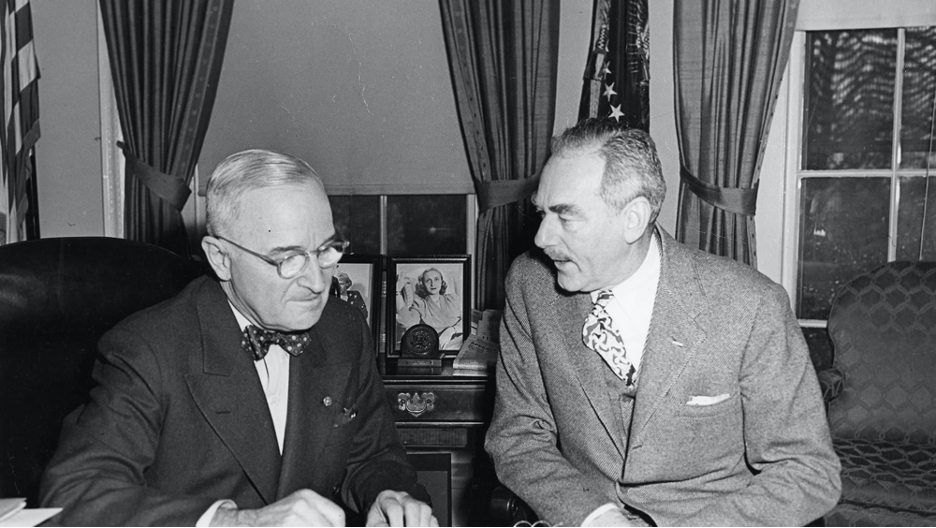
Furthermore, the United States military used Korea, like Vietnam subsequently, as a testing ground for new weapons systems, including super-bazookas and napalm, or jellied gasoline, which burns the flesh.
The North Korean population also served as guinea pigs for medical experiments on prisoners of war (POWs), and for techniques of germ warfare that had been learned from Japanese war criminals who had been secretly invited to give lectures at the U.S. Army Biological Warfare Center at Ft. Detrick, Maryland, at the end of World War II.
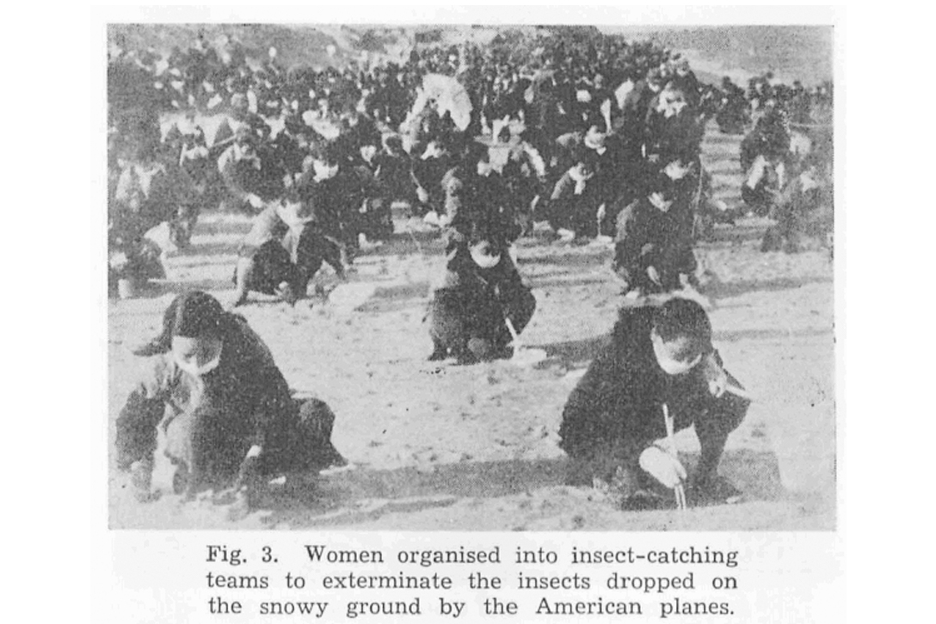
General Douglas MacArthur, who had previously led the war effort against imperial Japan, stated that as one who had seen as much “blood and disaster as any living man,” he had never seen such devastation as that experienced in Korea during the Korean War. “It just curdled my stomach the last time I was there.” Subsequently MacArthur referred to the war as “a slaughter never heard of in the history of mankind.”
According to the Truth Commission that was established decades after the war ended, South Korean (ROK) troops committed six times more atrocities than the North Korean People’s Army (KPA). American troops also torched villages, raped local women, and committed dozens of massacres, some of which were motivated by pure racial bigotry.
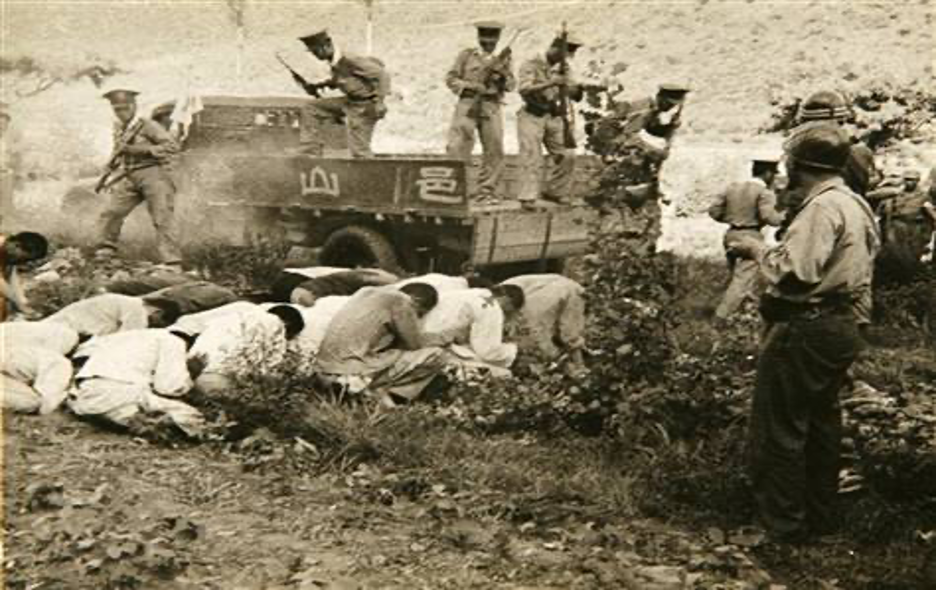
A fighter pilot, David Tatum, told Time magazine that “I figured if we had to kill ten civilians to kill one soldier who might later shoot at us, we were justified.”
Retreating American forces destroyed cultural relics such as the shrine of Mo Ran bon and the Yen Myen Sa temple of the Buddha in Pyongyang and tortured and mistreated POWs far more systematically than the North Koreans and Chinese.
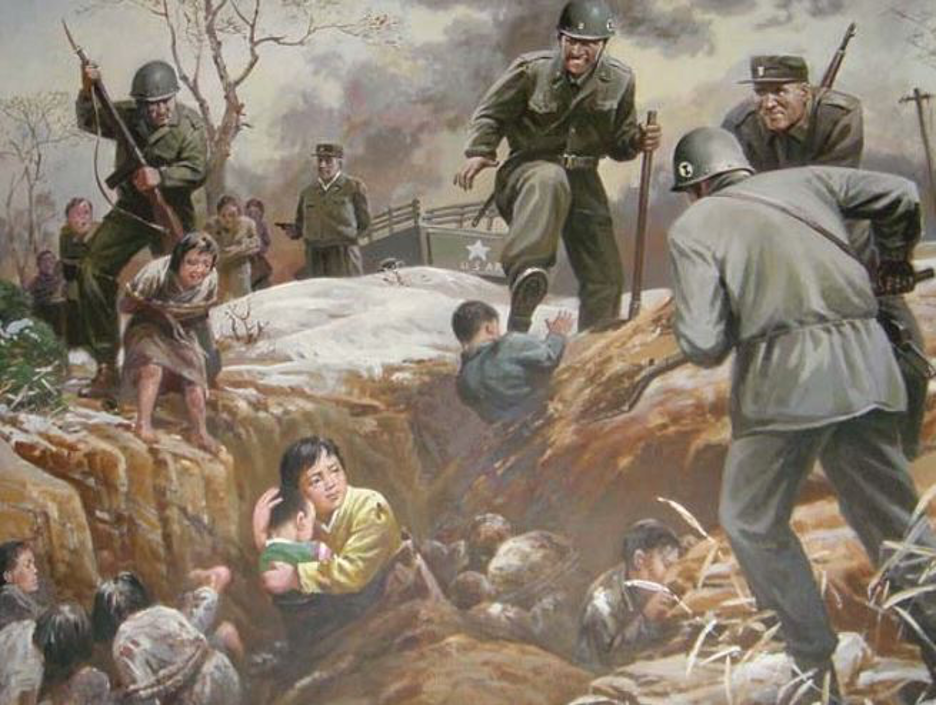
The losses North Korea suffered during the war had few parallels in history, with conservative estimates placing the death toll at 20 percent of the population. The U.S. Air Force dropped between 635,000 and 698,000 tons of bombs compared to 503,000 tons dropped on the Japanese empire during the entirety of the Pacific War.
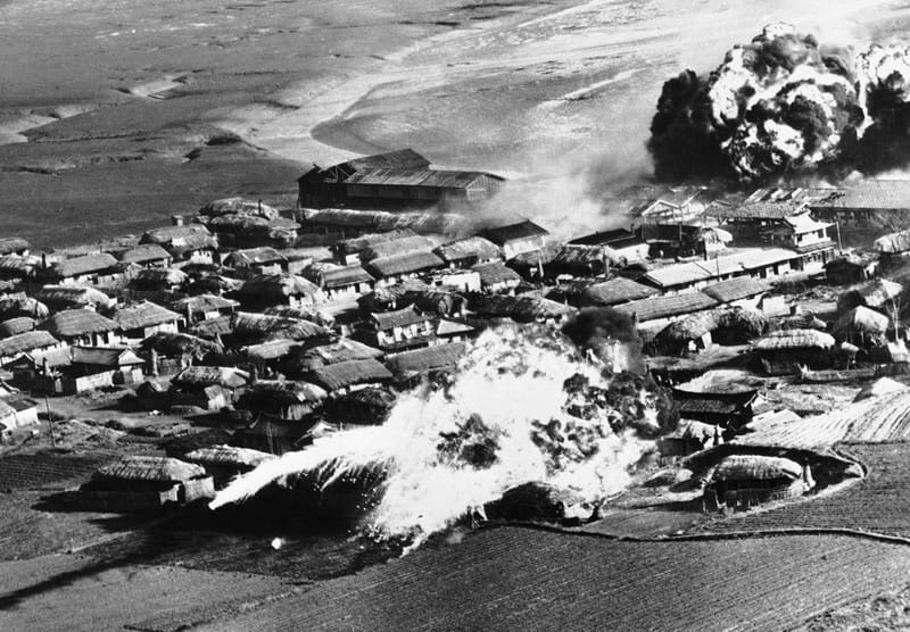
In November 1950, a single American firebombing raid on the city of Sinuiju destroyed 2,100 of the 3,017 state and municipal buildings, 6,800 of 11,000 houses, 16 of 17 primary schools, and 15 of 17 places of worship. Eighty percent of the deaths caused by the bombing were women and children, with survivors forced to live in underground caves. The attack was intended to maximize casualties beginning with the use of incendiaries followed by explosives, and time bombs which prevented rescue work.
General Emmet O’Donnell, the head of the bomber command in Asia who formerly oversaw the firebombing of Tokyo, testified that within three months of the war’s outbreak “almost all of the Korean peninsula was just a terrible mess”; as a result of the air campaign “almost everything is destroyed. There is nothing standing worthy of the name.”
In 1953, the U.S. Air Force targeted crucial Yalu river irrigation dams–flooding whole towns and destroying the DPRK’s rice crop which the already malnourished population needed to subsist. One report stated that “the westerner can little conceive the awesome meaning which the loss of this staple commodity has for the Asian–starvation and slow death.” These comments epitomize the horrible human consequences of the Korean War, which ended in stalemate with the country permanently divided at the 38th parallel.
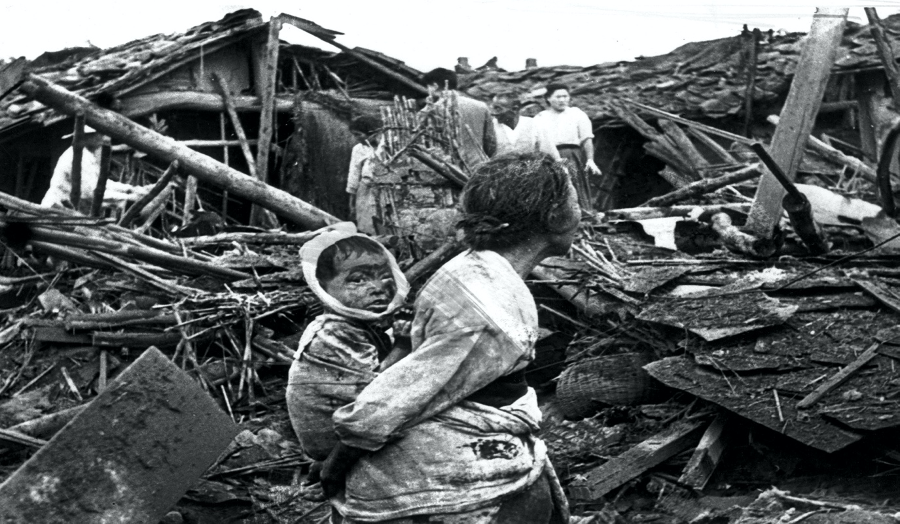
Afterwards, General MacArthur and other military commanders acknowledged that they had underestimated the fighting capabilities of the Chinese and North Koreans whom MacArthur described as “a tough opponent, well led.”
Today, North Koreans consider the Great Fatherland Liberation War a victory, which solidified the legitimacy of the Kim dynasty. In the U.S., by contrast, the Korean War is little commemorated or talked about—largely because it contradicts the nation’s righteous self-conception.
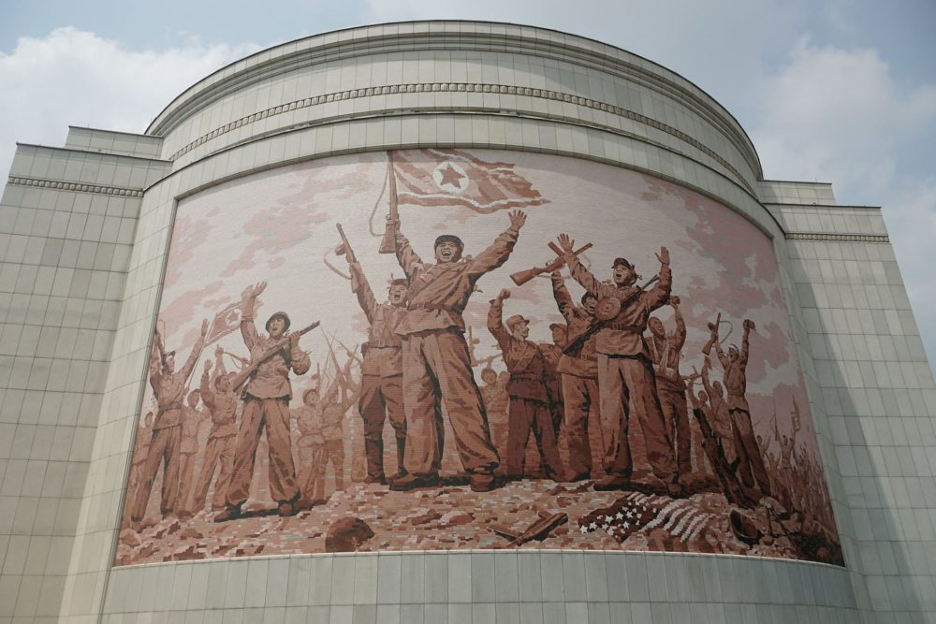
The War Continues
After the Korean War ended, U.S. intelligence reports indicated that the Rhee government was actively contemplating another attack on the North and “advocated American use of the hydrogen bomb to support his offensive.”
The Eisenhower administration’s Korea policy under NSC 5702/2, dated August 9, 1957, allowed U.S. forces to provide support for a unilateral ROK military initiative against the DPRK.
By January 1958, the U.S. had stationed approximately 150 nuclear warheads across four different weapons platforms in the ROK, which stimulated development of the North’s own nuclear program through collaboration with the Soviet Union.
Tensions boiled over in January 1968 when the KPA captured a U.S. Navy surveillance warship, the U.S.S. Pueblo—allegedly in coordination with the Vietminh who just seven days later launched the Tet offensive against U.S. forces in South Vietnam.

Cables since declassified show that the Pentagon was ready to use nuclear weapons to force Pyongyang to comply with American demands over the incident—much as threats to use them had helped to facilitate favorable terms to the Korean War armistice.
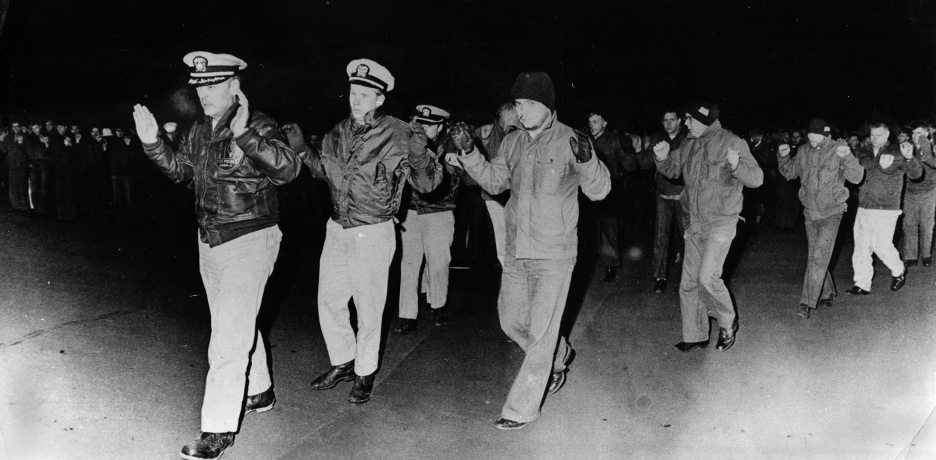
In April 1969, when a U.S. Navy aircraft was shot down over the Sea of Japan by North Korean MiG-21 fighters after it had penetrated North Korean airspace, President Richard Nixon in a state of inebriation gave authorization for a nuclear attack that, according to CIA agent George Carver, the military took seriously.
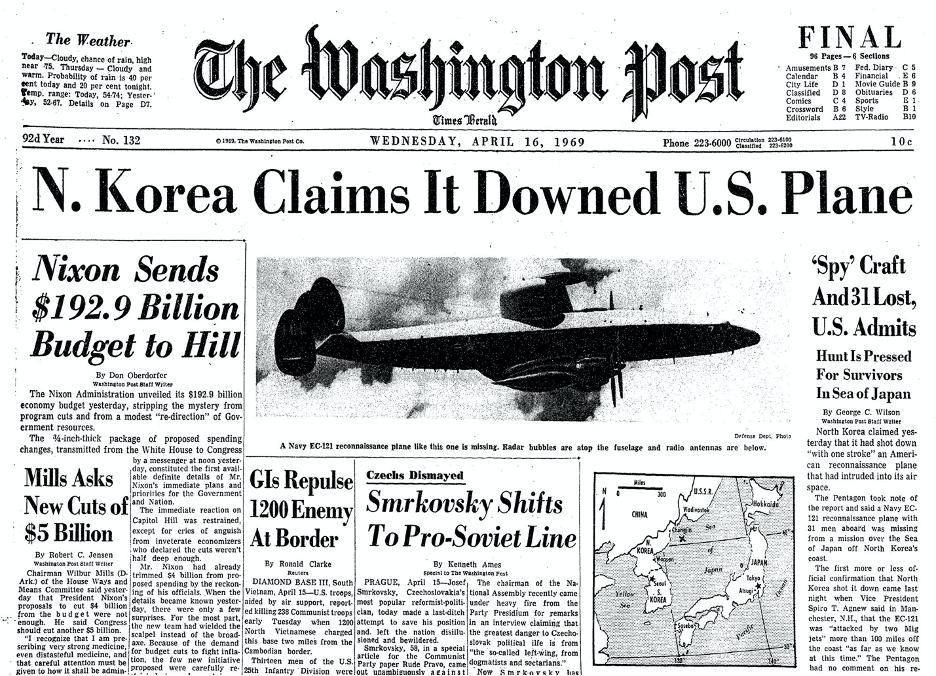
Luckily, cooler heads prevailed, though a tense military standoff endured in which the threat of nuclear war remained high.
Proxy Wars
Besides enhancing the threat of nuclear Armageddon, the U.S.-North Korean conflict resulted in proxy wars like in Vietnam, where North Korea dispatched pilots to fly air defense missions for the Vietnam People’s Air Force. Fourteen North Korean pilots were killed.
Former Vietnamese deputy defense minister and former Vietnam War pilot, Tran Hanh, stated: “we found [the North Korean pilots] to be very brave. Their national pride was so high…they feared nothing, even death.”
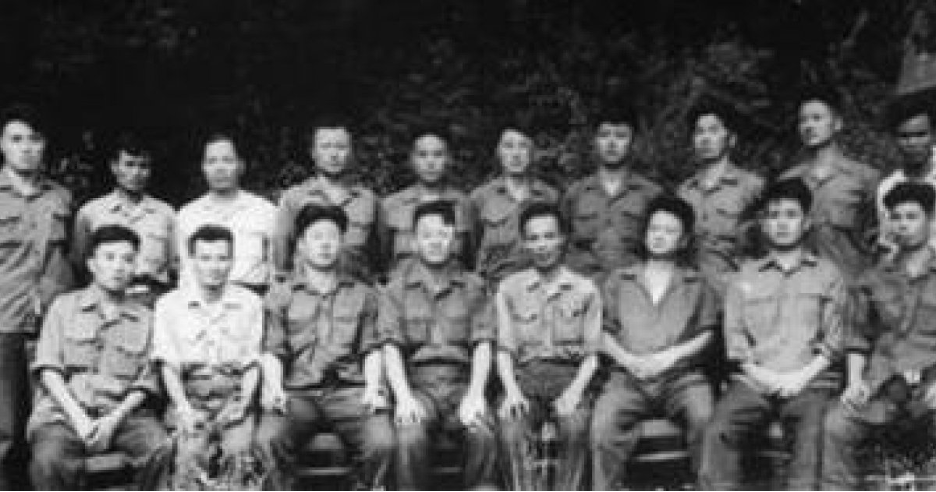
Kim Il-Sung reportedly stressed the importance of assisting the Vietnamese struggle in a 1965 meeting with a visiting Chinese delegation. He stated: “If the American imperialists fail in Vietnam, then they will collapse in Asia …We are supporting Vietnam as if it were our own war. When Vietnam has a request, we will disrupt our own plans in order to try and meet their demands.”
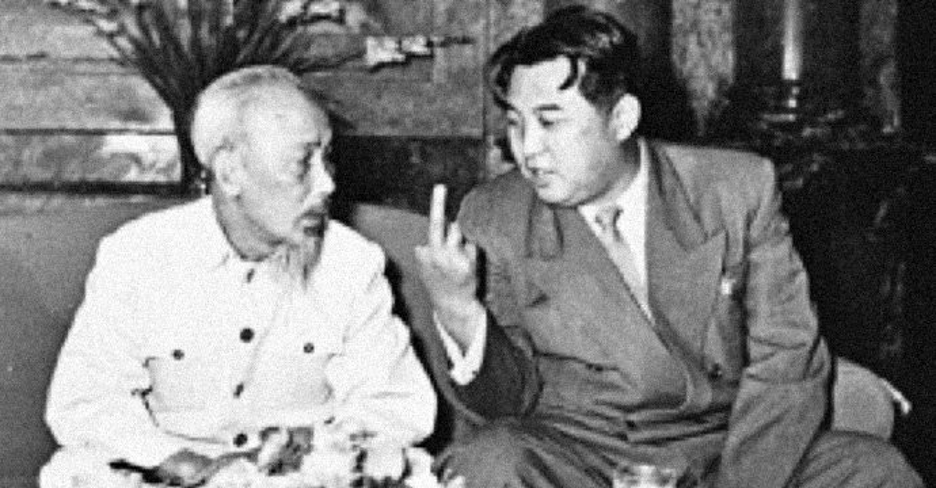
A number of reports indicate that KPA forces participated in ground battles alongside Vietcong insurgents and that KPA psychological warfare specialists aided the Vietminh. President Kim Il-Sung stressed the importance of fortifications in his discussion with the Vietminh leadership, and instructed them to dig caves and place factories half inside.
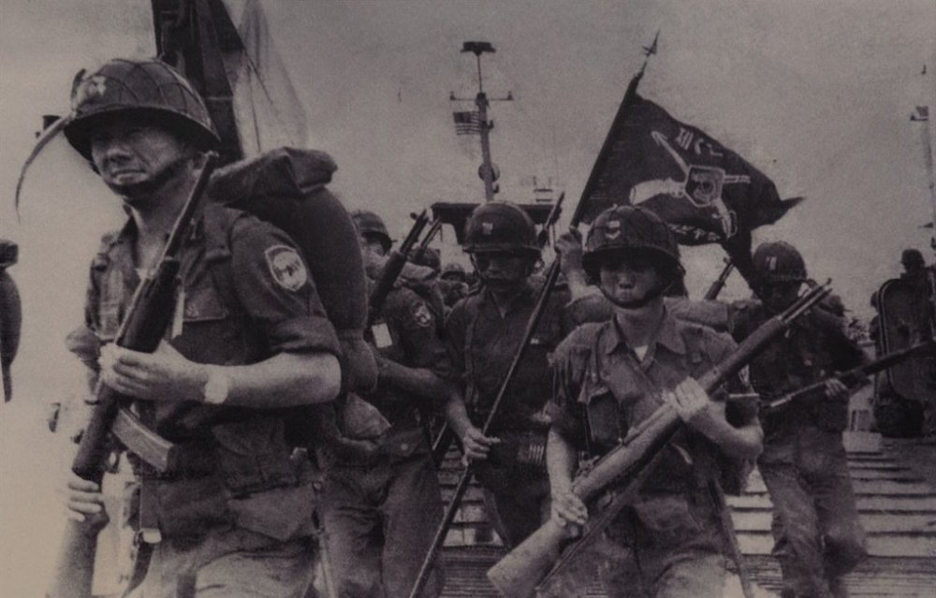
Besides the Vietnamese struggle, Kim Il-Sung provided economic and military support to Egypt following the 1967 Six-Day War and during the 1973 Yom Kippur War with Israel, which the United States was heavily supporting.
Also in the late 1970s, Kim’s regime dispatched 1,500 personnel to train and advise the Cuban-backed People’s Movement for the Liberation of Angola (MPLA), which fought against U.S. proxies allied with apartheid South Africa, and supported the African National Congress (ANC) and South West Africa People’s Organization (SWAPO) liberation forces in Namibia, and Robert Mugabe’s government in Zimbabwe, which was a target of U.S. sanctions.
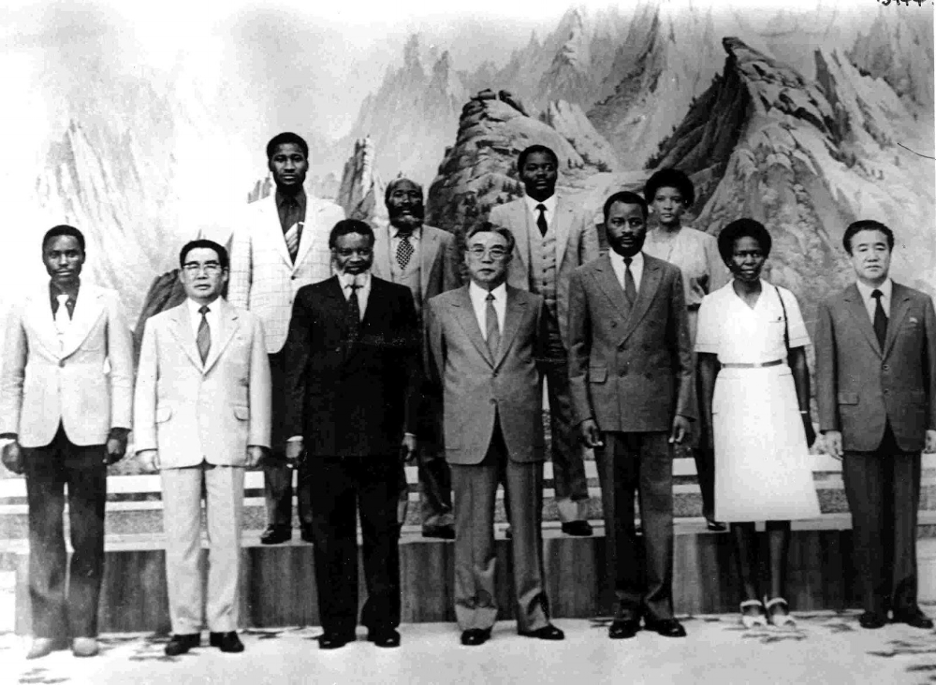
In 1982, North Korea contributed to Lebanon’s defense after it was invaded by Israel with U.S. backing, and assisted Hezbollah in constructing an underground armory, bunker and communications network that proved decisive in thwarting Israeli war aims in the 2006 Israeli-Hezbollah War.
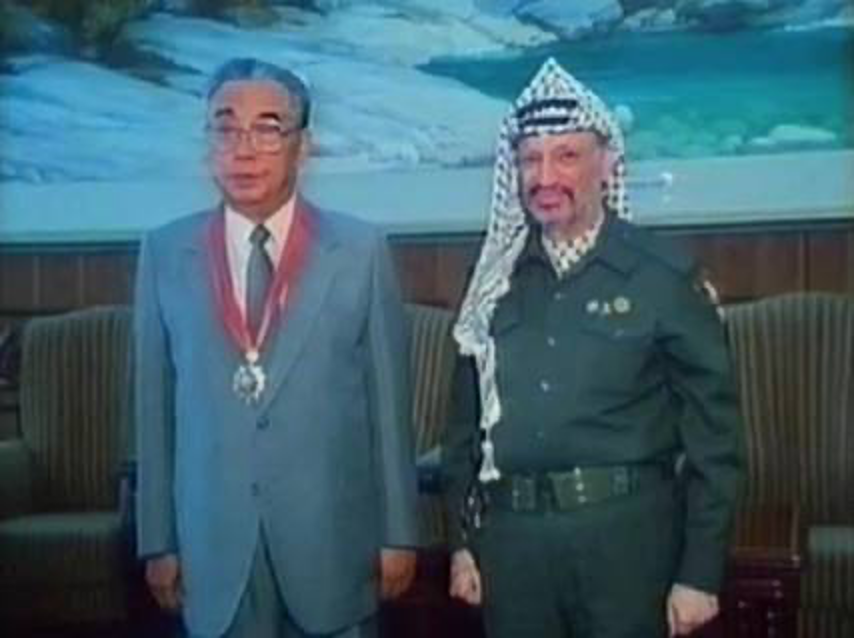
Since that time, North Korea has assisted Iran and Libya—before the 2011 overthrow of Muammar Qaddafi—to develop nuclear technologies, and dispatched Special Forces units to Syria to engage jihadi forces backed by the U.S. during its war to topple Bashar al-Assad.
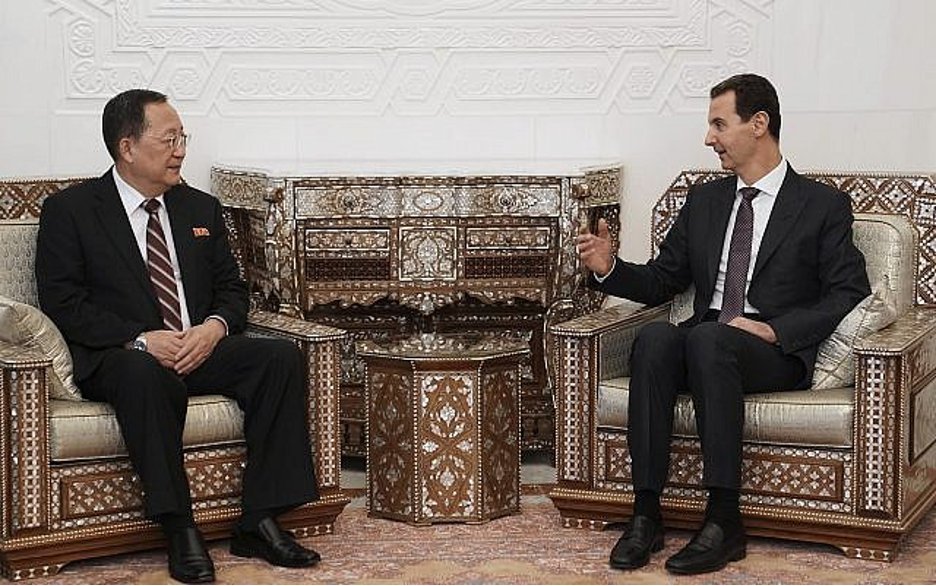
The above policies place in context the unremitting U.S. hostility toward North Korea, and plans for regime change, which are designed to remove a principal supporter of Washington’s global adversaries.
North vs. South
The U.S. first imposed sanctions on North Korea during the Korean War and then expanded them in the 1980s, with the goal of completely isolating North Korea from the world economy.
The DPRK nevertheless remained a strong economic performer compared to other socialist bloc countries throughout the Cold War. This was in part because of the high technical levels of education, even in rural areas, and construction of amazing hydroelectric dams and the deepest underground public railway system in the world, which benefited from DPRK’s experience building underground defenses during the Korean War.

While the DPRK quickly rebuilt its infrastructure after the war, South Korea remained one of the poorest countries in the world until Syngman Rhee was forced out of power by student-led demonstrations in 1960.
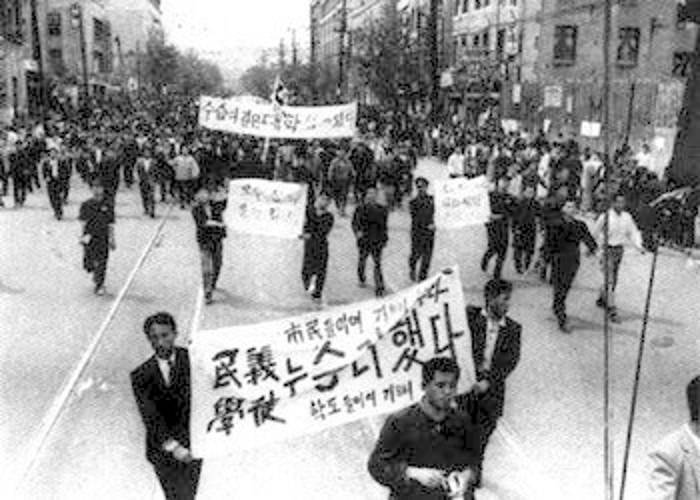
Under Rhee, 24% of ROK’s Gross National Product (GNP) relied on prostitution that serviced U.S. soldiers who continued to occupy the country. Kim Ae Ran, a 58-year-old former prostitute, said in 2009 that “our government was one big pimp for the U.S. military.”
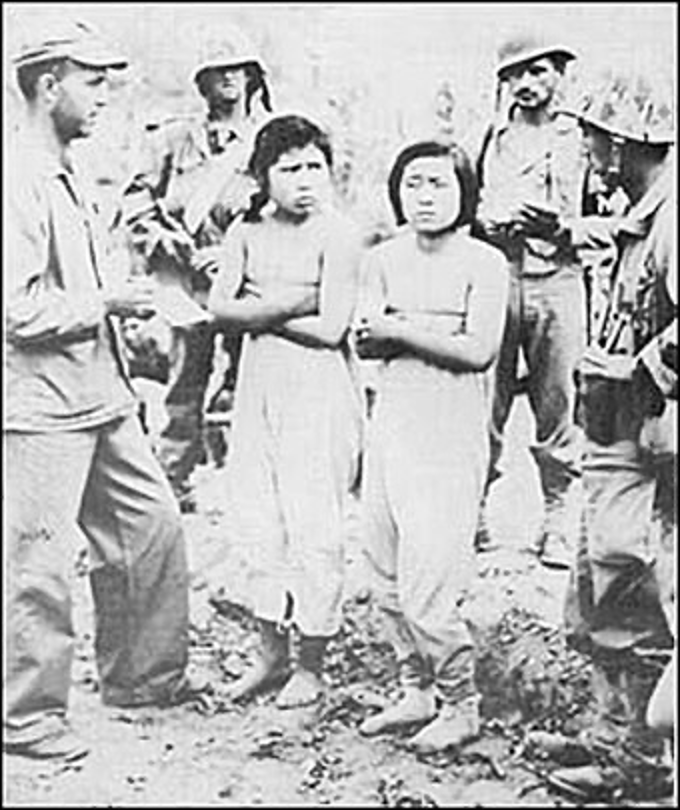
The South’s economy began to boom in the 1970s under General Park Chung Hee, who provided more adept economic management than Rhee, and benefited from massive injections of Japanese capital.
The former Director of South Korea’s Central Intelligence Agency (KCIA), Brigadier General Kim Hyong-Uk, testified to the U.S. Congress in 1977, nevertheless, that it was the North Korean population which “most likely feels less deprived than their southern counterparts,” because there were “no visible gaps between the haves and have-nots [in North Korea].”
These comments help explain the continued viability of the Kim dynasty in a period when the North’s economic output was being eclipsed.
Surviving the 1990s
The 1990s were a particularly trying decade for the DPRK. In 1994, Kim Il-Sung died, and was replaced by his son, Kim Jong-Il. The DPRK had recently lost many of its key trading partners with the collapse of the socialist bloc.
To add insult to injury, the country suffered a series of natural disasters, including devastating floods in the breadbasket provinces in the south and west, which destroyed 1.5 million tons of grain reserves that had been stored underground. As well, 85% of the country’s power generating capacity was lost and around 5.4 million people lost their homes.
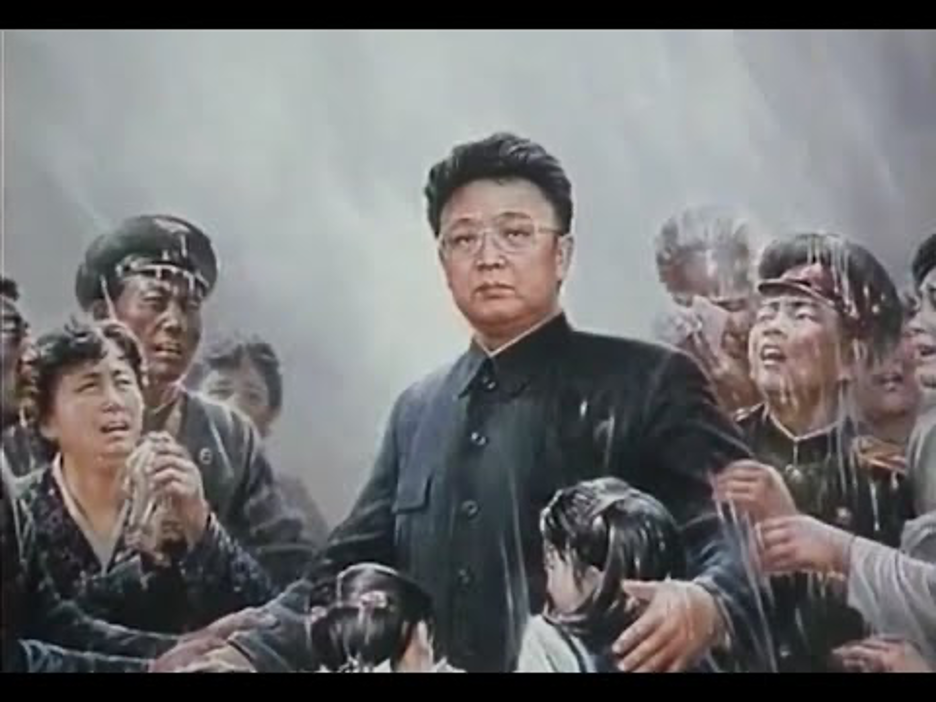
Under normal circumstances, the international community would have intervened to alleviate the humanitarian crisis known in North Korea as the “arduous march.”
Rather, however, the Clinton administration pushed for the ratcheting up of economic sanctions and blocked oil from coming into the country in an attempt to sow discontent and facilitate regime change.
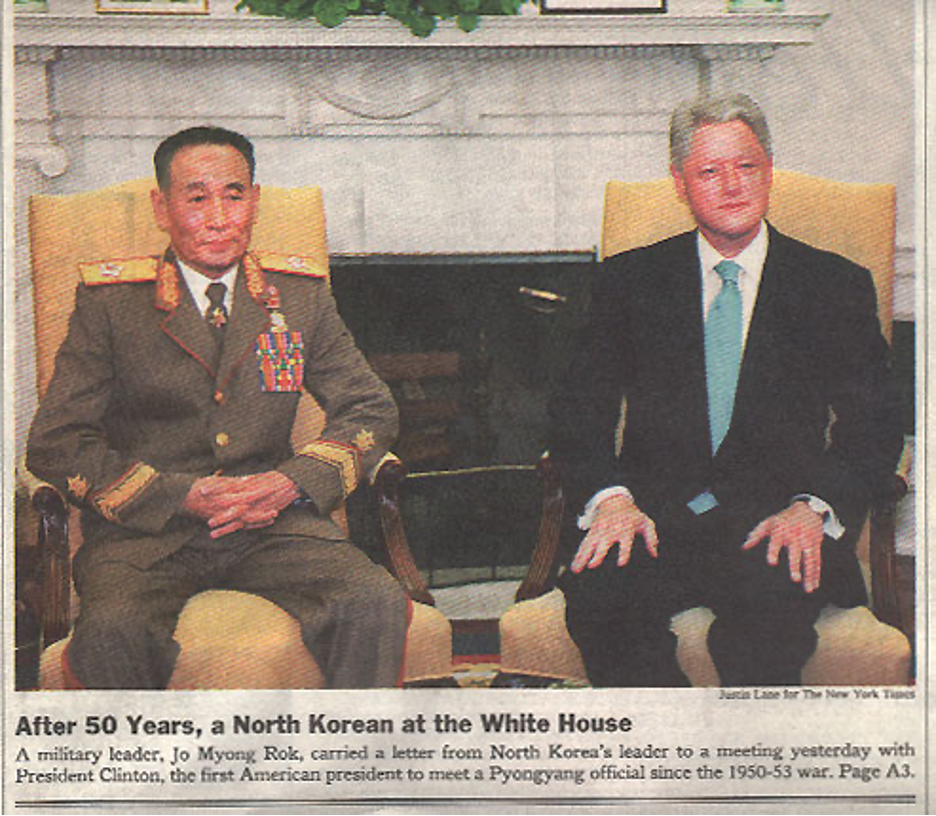
CIA agents stationed on the Chinese border offered desperate farmers a bag of rice for cow’s tails in an attempt to further ruin North Korea’s agricultural economy. Without oil or electricity and the use of tractors, cows were being used to plough the local fields, and so their removal was designed to induce starvation.
Deadly Geopolitical Game
The North Korean people had long been pawns in a deadly geopolitical game in which all measures of cruelty were adopted. A parallel was with Iraq, where sanctions designed to undermine Saddam Hussein’s regime led to the deaths of at least 500,000 children.
In the North Korean case, UNICEF and the World Food Program were prevented from providing vitamin A supplementation to children, which resulted in the deaths of at least 2,772 of them.
The impact of the sanctions on medical equipment related to reproductive health was estimated to have killed 72 pregnant women and 1,200 infants in the late 2010s.
The imperative of North Korea’s developing a nuclear deterrent in the face of the sanctions and America’s regime change efforts was recognized by top U.S. officials such as James Clapper, the director of national intelligence under Barack Obama. He referred to the North Korean nuclear program as “their ticket to survival.”
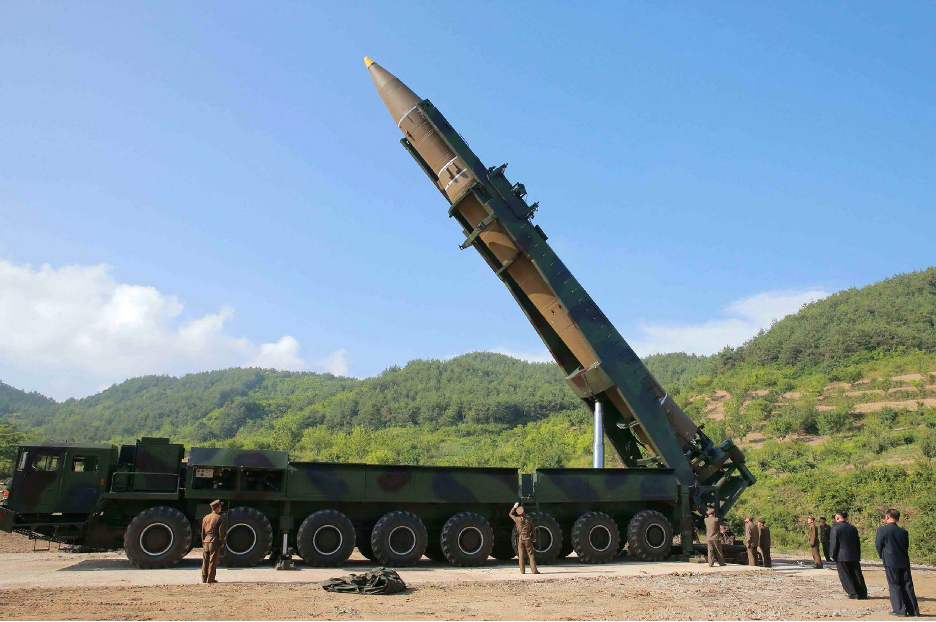
In June 1994, the Clinton administration nearly went to war over North Korea’s nuclear program. The crisis started when Kim Il-Sung’s government refused an International Atomic Energy Agency (IAEA) request to inspect its nuclear facility at Yongbyon because they felt they were being singled out and that the inspection teams would be infiltrated by intelligence agents.
After the U.S. threatened a preemptive military strike, former President Jimmy Carter traveled to Pyongyang, met with Kim, and brokered an agreement in which the DPRK agreed to freeze its nuclear program in return for new nuclear reactors that did not produce weapons-grade plutonium along with oil to help meet its energy needs.
Selig S. Harrison, a State Department official who played an important role in the negotiations, later asserted that, while North Korea had lived up to its end of the bargain and ceased operating the Yongbyon reactor, the Clinton administration failed to adhere to its own commitments, notably by failing to remove economic sanctions which the North saw as crucial to solving its economic problems, especially its food shortage. The Clinton administration further failed to provide promised oil deliveries or fund light water reactors.[2]
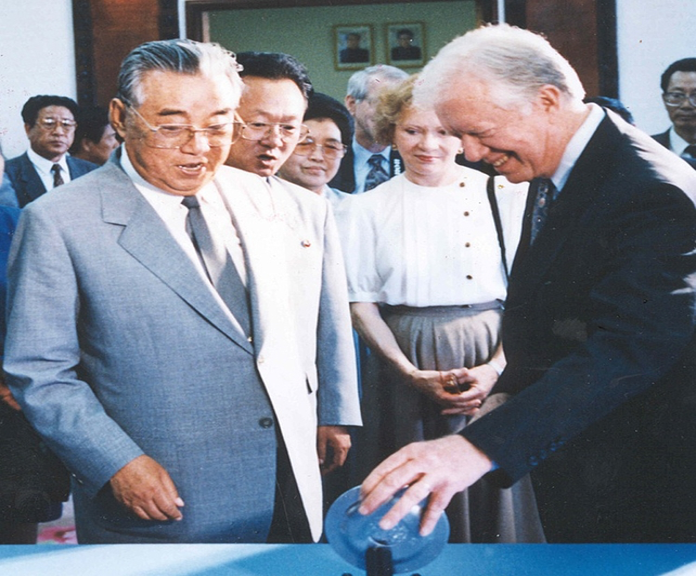
Having completely lost trust in the U.S. by this point, North Korea pulled out of the nuclear agreement in 2002 and accelerated its development of a nuclear weapon.
From the Axis of Evil to Trump
The George W. Bush administration poured gasoline on the fire when it designated North Korea as part of its “Axis of Evil,” along with Iraq, Iran, and other alleged state sponsors of terrorism.

The U.S. Congressional Research Service’s East Asia specialist, Larry Niksch, wrote at the time that “regime change in North Korea [was] the Bush administration’s main policy objective,” which was to be achieved through renewed economic pressure through sanctions and interdiction of Korean shipping lanes intended to provoke a collapse of government and, if this failed, Defense Secretary Donald Rumsfeld was considering a “broader plan for massive strikes against multiple targets.”
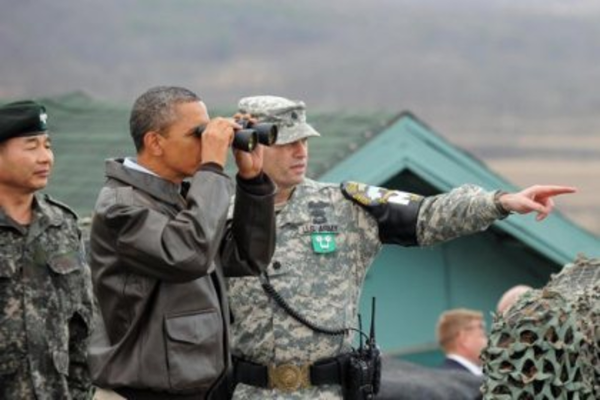
After a brief thaw in Bush’s second term, the Obama administration renewed a hard-line approach, increasing economic pressure and informational war, and launching cyber-attacks—the Stuxnet worm–on the DPRK’s nuclear infrastructure.
Obama’s liberal base largely supported these policies alongside conservatives because they had been conditioned to think of the U.S. as fighting a good fight against an evil Asian communist regime.
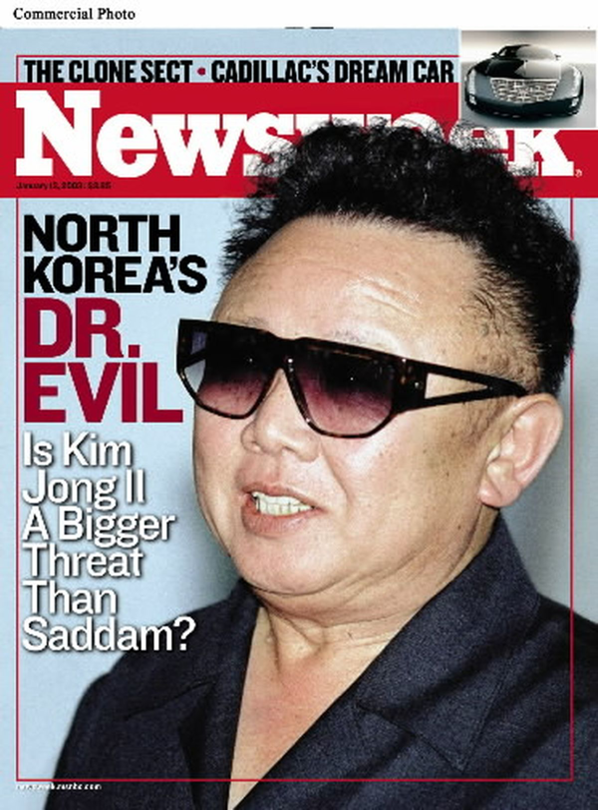
For years, the mainstream media had demonized North Korea and broadcast stories of North Korean defectors, who were paid for promoting disinformation about the DPRK.
In 2017, Kim Jong-Un was condemned for assassinating his half-brother, Kim Jong-Nam, at the Kuala Lampur International Airport in Malaysia, though a Malaysian investigation did not find any proof that Kim Jong-Un was involved. The North Korean security services were subsequently accused of torturing to death an American college student, Otto Wambier, though proof was again absent.
Secretary of State Madeleine Albright indicated that she had been seriously misinformed by anti-North Korean propaganda and prejudice when visiting Pyongyang in 2000, stating that she had been briefed on what kind of weirdo Kim Jong-Il was, but found him to be well-prepared for their meeting, charming, smart, technically adept with regards to military matters, and well informed.
The public’s stereotypical views about North Korea were reflected in the 2014 Hollywood film, The Interview, Sony’s top-grossing digital release, which adopted “racist images and tropes,” according to one reviewer, and celebrated the gory execution of North Korea’s caricatured leader.
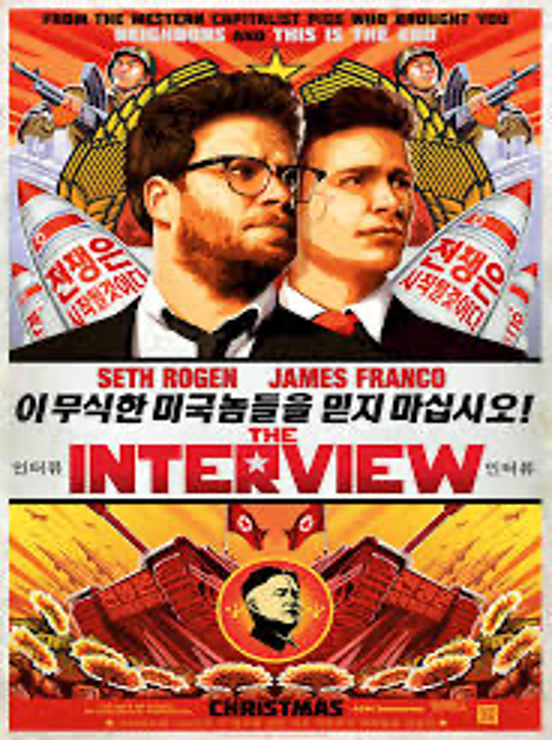
Producer and star Seth Rogen admitted that he and other producers had made relationships with “certain people who work in the government as consultants whom I’m convinced are in the CIA.” The film was very clearly part of a long-standing propaganda campaign that had succeeded beyond its architects’ wildest dreams.
On the two occasions (2018 and 2019) when Donald Trump met with DPRK leader Kim Jong-Un, he was widely ridiculed—Hillary Clinton referred to his moves toward a deal with Pyongyang as “putting lipstick on a pig.” Forced to back off further diplomatic overtures, Trump tried to gain leverage over North Korea by pressuring China—a doomed strategy because the Sino-North Korean relationship was not a neocolonial one where Beijing dominated Pyongyang.
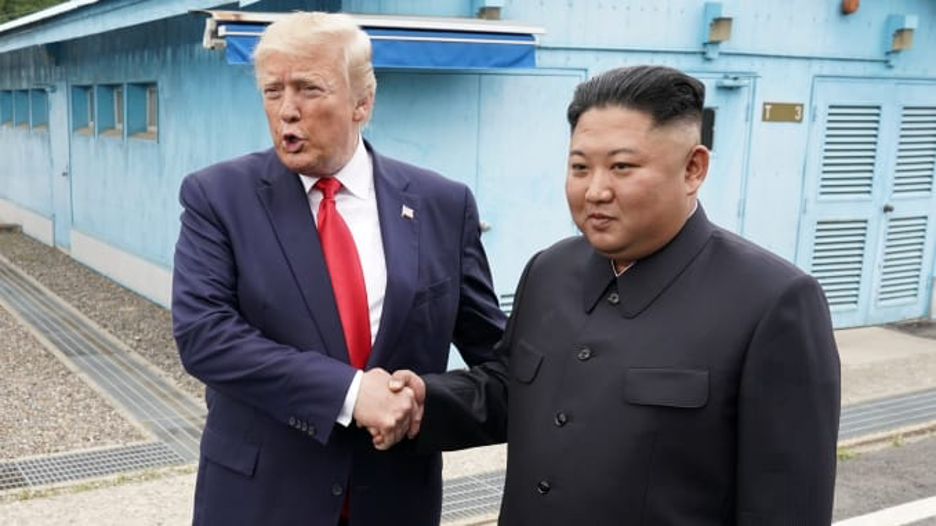
Abrams’ book is most significant in helping readers to understand the DPRK’s long staying power and in debunking media stereotypes, which have helped validate aggressive regime-change policies.
As much as Americans think that the North Koreans are crazy, North Koreans have far more grounds for believing that the reverse holds true.
They are the ones holding the upper moral hand in a conflict that was started by the United States and needs to be ended by it.
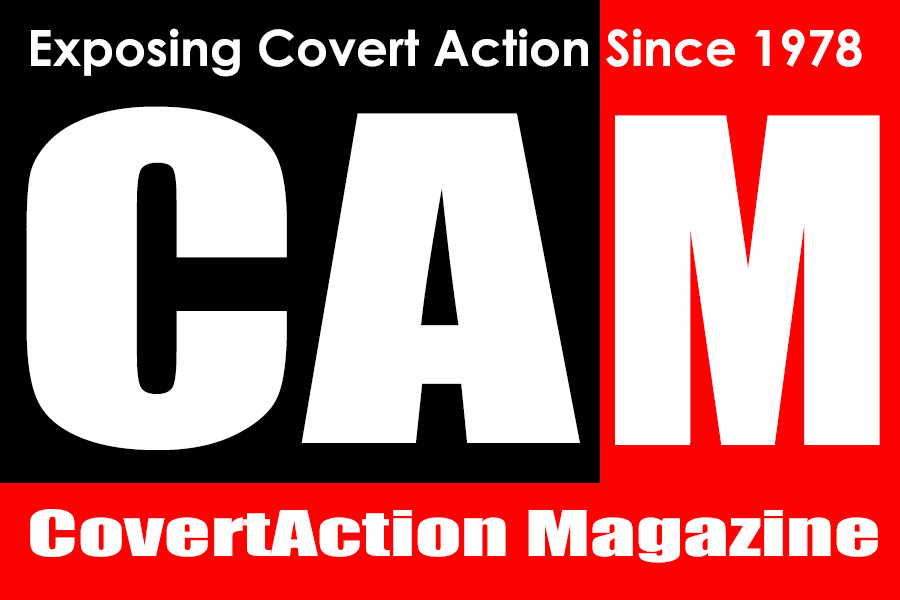
[1] Joby Warrick, Ellen Nakashima, and Anna Fifield, “North Korea now making missile-ready nuclear weapons, U.S. analysts say,” Washington Post, August 8, 2017; Jeffrey Lewis, “The Game Is Over, and North Korea Has Won,” Foreign Policy, August 9, 2017.
[2] The U.S. claimed that North Korea violated the agreement by proliferating missile and nuclear technology to Iran, Pakistan, and Syria, and in 1998 North Korea began to test three-stage rockets in an attempt to build its long-range ballistic missile capability.
CovertAction Magazine is made possible by subscriptions, orders and donations from readers like you.
Blow the Whistle on U.S. Imperialism
Click the whistle and donate
When you donate to CovertAction Magazine, you are supporting investigative journalism. Your contributions go directly to supporting the development, production, editing, and dissemination of the Magazine.
CovertAction Magazine does not receive corporate or government sponsorship. Yet, we hold a steadfast commitment to providing compensation for writers, editorial and technical support. Your support helps facilitate this compensation as well as increase the caliber of this work.
Please make a donation by clicking on the donate logo above and enter the amount and your credit or debit card information.
CovertAction Institute, Inc. (CAI) is a 501(c)(3) non-profit organization and your gift is tax-deductible for federal income purposes. CAI’s tax-exempt ID number is 87-2461683.
We sincerely thank you for your support.
Disclaimer: The contents of this article are the sole responsibility of the author(s). CovertAction Institute, Inc. (CAI), including its Board of Directors (BD), Editorial Board (EB), Advisory Board (AB), staff, volunteers and its projects (including CovertAction Magazine) are not responsible for any inaccurate or incorrect statement in this article. This article also does not necessarily represent the views the BD, the EB, the AB, staff, volunteers, or any members of its projects.
Differing viewpoints: CAM publishes articles with differing viewpoints in an effort to nurture vibrant debate and thoughtful critical analysis. Feel free to comment on the articles in the comment section and/or send your letters to the Editors, which we will publish in the Letters column.
Copyrighted Material: This web site may contain copyrighted material the use of which has not always been specifically authorized by the copyright owner. As a not-for-profit charitable organization incorporated in the State of New York, we are making such material available in an effort to advance the understanding of humanity’s problems and hopefully to help find solutions for those problems. We believe this constitutes a ‘fair use’ of any such copyrighted material as provided for in section 107 of the US Copyright Law. You can read more about ‘fair use’ and US Copyright Law at the Legal Information Institute of Cornell Law School.
Republishing: CovertAction Magazine (CAM) grants permission to cross-post CAM articles on not-for-profit community internet sites as long as the source is acknowledged together with a hyperlink to the original CovertAction Magazine article. Also, kindly let us know at info@CovertActionMagazine.com. For publication of CAM articles in print or other forms including commercial internet sites, contact: info@CovertActionMagazine.com.
By using this site, you agree to these terms above.
About the Author

Jeremy Kuzmarov holds a Ph.D. in American history from Brandeis University and has taught at numerous colleges across the United States. He is regularly sought out as an expert on U.S. history and politics for radio and TV programs and co-hosts a radio show on New York Public Radio and on Progressive Radio News Network called “Uncontrolled Opposition.”
He is Managing Editor of CovertAction Magazine and is the author of six books on U.S. foreign policy, including Obama’s Unending Wars (Clarity Press, 2019), The Russians Are Coming, Again, with John Marciano (Monthly Review Press, 2018), Warmonger. How Clinton’s Malign Foreign Policy Launched the U.S. Trajectory From Bush II to Biden (Clarity Press, 2023); and with Dan Kovalik, Syria: Anatomy of Regime Change (Baraka Books, 2025).
Besides these books, Kuzmarov has published hundreds of articles and contributed to numerous edited volumes, including one in the prestigious Oxford History of Counterinsurgency .
He can be reached at jkuzmarov2@gmail.com and found on substack here.


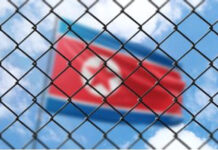
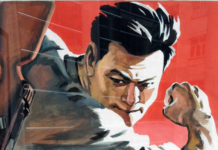
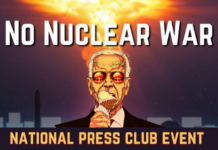
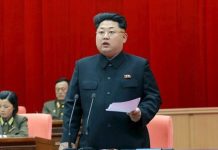

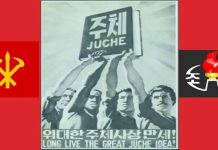
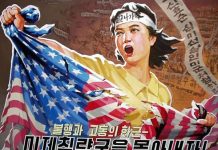
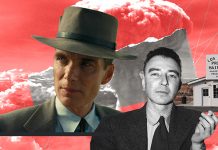

LIFE, VENTURES AND ADVENTURES IN NORTH KOREA:
THE INSIDE STORY OF A DIFFERENT, CHANGING COUNTRY, CHALLENGING STEREOTYPES AND SENSATIONAL REPORTING.
Check it out now: https://northkoreacapitalist.tumblr.com
[…] A. B. Abrams’ latest book on North Korea’s conflict with the U.S., entitled Immovable Object: North Korea’s 70 Years at War with American Power (Clarity Press, 2020), was recently reviewed by CovertAction Magazine. […]
If the point of this article is that the US government’s aggressive imperialism has provoked an understandable defensive reaction on the part of North Korea, that is something I wouldn’t argue with. However, other than mentioning that the North Korean government has “ruled through autocratic methods” the author seems bent on using the NK’s military and early economic achievements as a rationale or excuse for the repressive regime. This reminds me of the stance taken by many American communists when confronted with the repression and atrocities committed by Stalin. Yes, the Soviet Union also was able through often brutal methods to achieve technological and industrial advances (considering they began with an undeveloped, backward economy and faced enormous damage during WW2) but this doesn’t excuse the horrific consequences of Stalinism. One can be very critical of US policies without attempting to justify regimes which do not permit open dissent and which use hereditary descent as the basis for choosing their leadership. Dismissing the testimony of North Korean defectors as mere tools of the CIA is disingenuous.
[…] Between July and November 2017, North Korea successfully test-fired three intercontinental range ballistic missiles (ICBMs) and a more sophisticated miniaturized thermonuclear warhead, which demonstrated beyond much reasonable doubt that one of America’s oldest adversaries had gained the capability to strike the U.S. mainland, with U.S. intelligence later confirming the viability of both ICBM designs tested as well as their warheads.[1] […]
[…] Between July and November 2017, North Korea successfully test-fired three intercontinental range ballistic missiles (ICBMs) and a more sophisticated miniaturized thermonuclear warhead, which demonstrated beyond much reasonable doubt that one of America’s oldest adversaries had gained the capability to strike the U.S. mainland, with U.S. intelligence later confirming the viability of both ICBM designs tested as well as their warheads.[1] […]
Here are some other very good books on North Korea
1. Nothing to Envy by Barbara Demick.
2. North of the DMZ by Andrei Lankov
3. Long Road Home by Kim Yong
4. A Corpse in the Koryo by James Church
5. North Korea Confidential by Daniel Tudor and James Pearson
6. Dear Leader by Jang Jin-sung
7. The Hidden People of North Korea by Ralph Hassig and Kongdan Oh
8. The Orphan Master’s Son by Adam Johnson
9. The Invitation-Only Zone by Robert S Boynton
10. The Cleanest Race by BR Myers
Literally a collection of all the Western anti-North Korea books
There is always two sides to every story. The writer is portraying Israel as the bad guy in its conflict with it neighbors. In order to get a fuller picture of this conflict, one must show Israel’s side of the story which includes terrorist attacks by Israel’s enemies and many other significant events.
The USS Pueblo incident was yet another American warmongering event. Some rogue NSA officials sent that ship into North Korean waters with orders to provoke an incident. The White House and Pentagon were unaware of this at first and wisely refused to take the bait and restart the war.
https://www.youtube.com/watch?v=NYMl0mz6cSE
It’s alleged that the South started the war with an attack on Haeju, but if you look at a map you see that it’s the most unlikely place to initiate an attack. It is right by the coast on the far western side of the peninsula and any attackers would have had the water to their rear — hardly an optimal place to be when one needs solid lines of logistical support to sustain an attack. More likely what took place at Haeju was yet another of the all-too-common border attacks that had taken place for some time by both sides.
The South was also in no position to attack the North. It possessed little aviation or field artillery, both of which are essential in such an endeavor, and the rest of its military was not in very good shape. Indeed, shortly after the war’s start, half of the ROK Army was quickly destroyed. Attacking the North with the forces it had would have been like bringing a knife (and a dull one at that) to a gunfight.
The US military was also hardly in shape for a war in Korea. Its last ground combat forces, severely understrength, had withdrawn from Korea a year earlier, and those stationed in Japan were living the comfortable life of an occupation army. In the 24th Infantry Division there had not been any training exercise above company level since the end of WW II. Incredible as it seems now, when the undermanned units in Japan were alerted to go to Korea, soldiers were instructed to bring their Class A (formal) uniforms for the victory parade in Seoul that was sure to immediately follow. Soldiers also didn’t pack away their belongings, believing they’d soon be back and in Korea all they’d have to do was wave the American flag at the enemy, who was then expected to turn around and head back north.
If the North had only been preparing for defense and not a conquest of the South, it would not have been able to repel an attack from the South and then immediately shift into a fast-moving offense. This requires plans, training, pre-positioned supplies, fuel, etc., all coordinated and ready to go. Attacking forces would also need to be at the border, not elsewhere in the country, to be in position to break through and overrun the enemy.
There was also no guarantee that the US would enter the war, or if it did, that the arrival of troops from Japan or the continental US would make any difference before the North could overrun the entire peninsula.
The North expected to overrun the South before the US could or would do anything to stop it, and the North was almost right.
The North was a client state of the USSR but Chinese liaison officers were present with the North Korean Army to observe the attack. China had finished its own revolution a year earlier and the entire country was a mess. It was not looking for or preparing for another war. It was aware of what North Korea planned but it did not expect to be involved, nor did it expect the US counterattack that came up to the Chinese border, or that the commander of these forces (McArthur) would talk openly of continuing the war into China to knock over the new government.
The US wasn’t expecting a war in Korea and was caught completely flat-footed. Its initial combat actions were, frankly, embarrassingly bad. US forces had the stuffings knocked out of them. Their actions clearly indicated a lack of preparation.
After it had nearly lost the war and then counterattacked, the US thought it could run up to the Chinese border but the Chinese would not attack to turn back the advance. Having become used to only encountering subservient Chinese working in laundry shops in the USA, or having dealt with subjugated Chinese during the pre-WW II years when foreign countries exploited the country’s weakness, US military leaders expected no real opposition.
Everyone miscalculated and the result was three years of massive bloodshed and destruction. One author stated the only country who benefited from the
A good book for understanding the war from the Chinese side is “Enter the Dragon” (1988) by Russell Spurr. “This Kind of War” (1963) by T. R. Fehrenbach is also an excellent source, and one shouldn’t miss reading “The Hidden History of the Korean War” by I. F. Stone. You’ll read things you’ll never find elsewhere.
I left off something in the second to the last paragraph. The only country to really benefit from the war was the USSR. Standing off to one side, it was able to see how well US military personnel and their equipment actually performed in combat, plus Soviets had access to interrogating US prisoners, some of whom never returned. For them it was an intelligence bonanza. For everyone else, not much good came from the war.
According to Amnesty International there are severe human rights violations taking place in North Korea .this can be seen in the video link below ‘https://www.youtube.com/watch?v=vCHa6iOtJYY
According to Amnesty International there are severe human rights violations taking place in the United States, mostly prolonged solitary confinement.
For sure. That is very true.
Solitary confinement is illegal in N Korea – interesting point. It is considered too inhumane
Then again, Amnesty has close ties to US and UK intelligence and has been found to fabricate information to demonise Western targets in the past. A prominent example was its claim of Iraqi mass killings of Kuwaiti infants in 1990 to build support for the gulf war which it said it independantly verifed.
Human rights a good pretext to make anyone who stands up to the west look bad
That sounds wonderful. Is North Korea an open society with Freedom of expression, freedom of the press and freedom of religion?
And the Holocaust was just a myth created by Jewish Bolsheviks to turn the U.S. against Germany’s effort to save the World from Soviet Communism.
I have never studied or researched the history of South Korea and North Korea so I cannot comment very much on all the historical events that have taken place in the past 70 years. But I can comment on the here and now. In the here and now Kim Jun Un is a very cruel dictator. In his recent book, Bob Woodward an excellent writer from the Washington Post shared how Kim Jun Un boasted to Trump about the public execution of his uncle before a firing squad. I will not go i into all the gory details, but this is just one of thousands of cruel things that Kim Jun Un has done, things hat have been well documented by many highly qualified and well respected journalists and reporters all around the world.
An interesting comment, however false reporting is widespread. US government linked outlet Radio Free Asia for example said Kim fed his uncle to 200 dogs, and almost all Western outlets re reported it. It was one of many stories that was totally made up. I read this book and it covered that aspect – how Western media makes fake news.
Yes the Korean government execute Kim’s aunt’s husband for corruption – but isn’t being hard on corrupt officials no matter their family ties a good thing?
Also if one visits N Korea it is clear people don’t fear their government, and even on televisoin there isn’t much violence as the society there is quite peaceful. It is good to get a fuller picture of the mysteroius and enigmatic but very beautiful country.
Bob Woodward is a career covert CIA officer.
Thank you for your comments .We have made the appropriate corrections. The U.S. Navy aircraft was indeed shot down in 1969 and not 1959.
The photo was taken from the Wilson Center website which has material on North Koreas role in Vietnam but was misleading so that caption is being changed as well .Thank you for reading the article and for pointing out the errors.
Jeremy Kuzmarov
Why should anyone believe anything in this article when it gets simple facts wrong?
“In April 1959, when a U.S. Navy aircraft was shot down over the Sea of Japan by North Korean MiG-21 fighters after it had penetrated North Korean airspace, President Richard Nixon “
Is a typo your only issue with the article, I presume you didnt stop reading after such a traumatic encounter?
A.B. Abrams is a very mysterious person. I can not find any pictures of him on the internet and there is very little information about him on the internet. The only description I could find on the internet is shown below……. A. B. Abrams
A. B. Abrams is the author of Power and Primacy: A History of Western Intervention in the Asia-Pacific. He has published widely on defence and politics under various pseudonyms, and is proficient in Chinese, Korean and other East Asian languages. He has completed Masters degrees in related subjects at the University of London. Abrams has spent much time in North Korea,, studied the Korean language at university in Pyongyang, and has many contacts with Koreans inside the DPRK and overseas. This has allowed him to form a deeper understanding of the country’s society, ideology and culture.
Based on the above description one cannot even be sure if A.B. Abrams is his real name.
The photo with the caption “North Korean psychological warfare teams in South Vietnam” actually shows members of the ROK Army (South Korean) Capital Division deploying to South Vietnam in 1965, carrying US-issued weapons and clearly wearing the insignia of their division. Their helmets, uniforms and rank on their helmets are also clear indicators that these are ROK Army soldiers. The flag they carry identifies the unit as well. Additionally, if you look closely at the ship in the background of the photo, you can clearly see a US flag, so this is certainly NOT a unit of the North Korean Army.
Apart from the graphic mislabelling your content with the rest of the article then?
Needs editing and proofing. Spy plane incident in 1969, not 1959…et al.
[…] How 70 years of CIA deceit and mainstream media complicity convinced the American public that North … […]